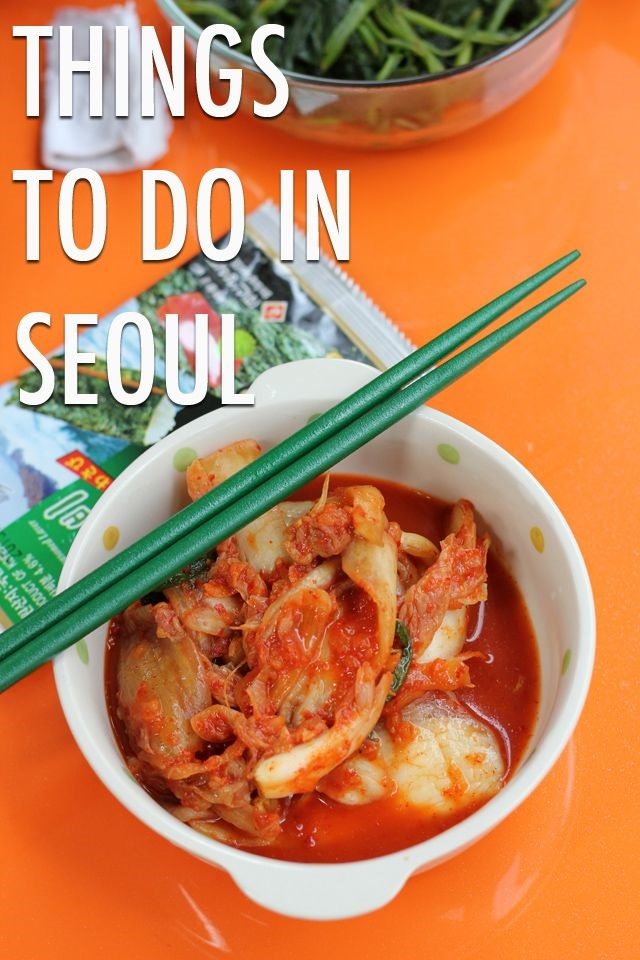
Like to eat? Visit Seoul, Korea
When a country has a museum and cooking classes dedicated to the history and art of Kimchi, you know that you are at a place that cherishes food. While there are many wonderful and interesting attractions in Seoul, a large part of the Korean experience is eating.

Breakfast buffets (frequently complimentary at hotels), offer insight to preferred selections for international and Asian mealtime palates, and an eatable path through the offerings (including seaweed soup) provides moments of deliciousness; however, the real journey begins at lunch and continues through dinner at street-side mom/pop restaurants with limited seating (think 10-40 people).
• Eat Kimchi
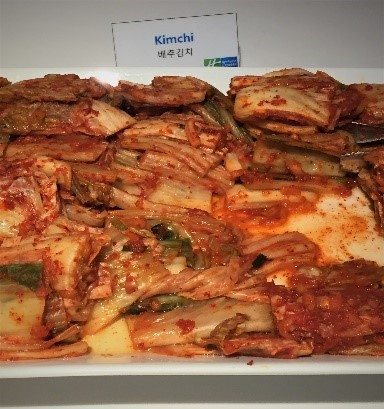
There is a reference to Kimchi in the oldest book of Chinese poetry leading historians to believe that Asian people were consuming it 3000 years ago. Every year, each Korean consumes 40-pounds of Kimchi. It is so popular that locals say “Kimchi” instead of “cheese” when their pictures are taken. This spicy red fermented cabbage dish is made with a mix of garlic, salt, vinegar, Chile peppers, and other spices. It is served at every meal and consumed either alone or in combination with rice or noodles. It is also used in scrambled eggs, soups, pancakes, as a topping for pizza, and potatoes, and added to burgers. It is believed that the Korean diet, rich in Kimchi, keeps obesity at bay among Koreans.
Kimchi is healthy. It is loaded with vitamins A, B and C and delivers good bacteria (lactobacilli) that is found in fermented foods like yogurt. Kimchi helps digestion and may prevent or stop yeast infections and may also prevent the growth of cancer.
• Kimchi Museum
The Kimchi Museum is worth a visit (covers 3000 years of Kimchi history) – even if you could care-less about this segment of Korean cuisine. The Museum is located in an office building (floors 4-6 of Museum Kimchikan, Jongno-Gu) and can easily be missed; however, the hour spent viewing the interactive displays are interesting and informative. Various types of Kimchi are displayed in bottles in the refrigerators while the tasting experience is self-service. Kimchi classes are available, but require advance reservations. If you have a desire to experience wearing a historical Korean regalia, the museum has a wide selection for men and women – and there is no additional charge.
• Korean Cuisine
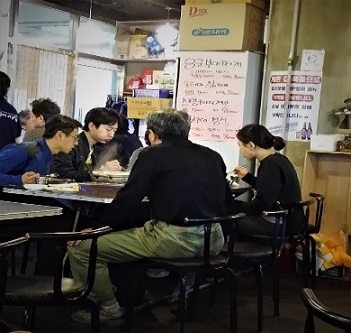
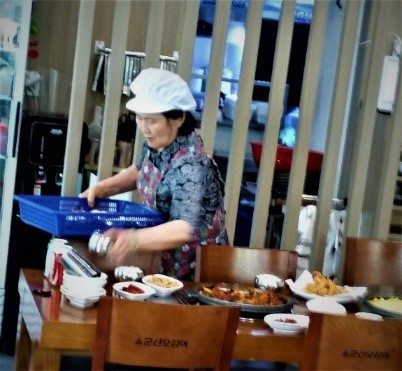
Korean food derives its flavors and tastes from combinations of sesame oil, soybean paste, soy sauce, salt, garlic, ginger and Chili peppers. Korea is the largest consumer of garlic, even more than Italy. While the food varies by season, the cuisine relies on pickled vegetables that are preserved through the year. Incredibly varied, the cuisine is based on rice, vegetables, fish and tofu.
A meal usually starts with a personal bowl of rice, a small personal bowl of hot soup (so good that you will want seconds), a set of chopsticks (for side dishes), a spoon (for rice and soup), various small bowls of shared bite-sized side dishes (banchan) and a main dish (meat/stew/soup/seafood).
• Serendipitous
Eating like a Local takes a little bit of thought. Restaurants are a thriving business in Seoul and they are chockablock along back alleys, on upper floors in office buildings, in basements, wherever there is a space there is likely to be a place to dine. As many of the names of the places are in Korean and street addresses are not clearly visible –selecting a place for lunch or dinner is mostly a serendipitous experience. Look for a spot that has occupied tables of people already eating and drinking – and, after looking at the street-side placards and deciding what you want to eat- walk in, select a table and sit down.
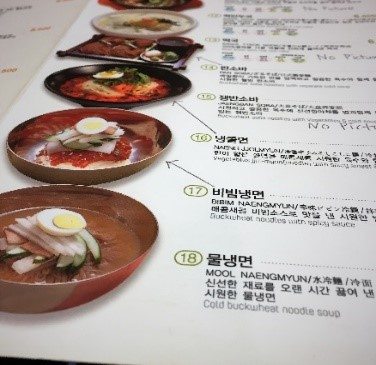
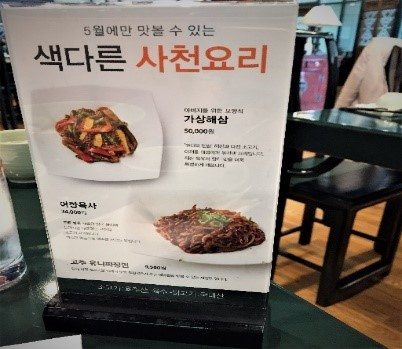
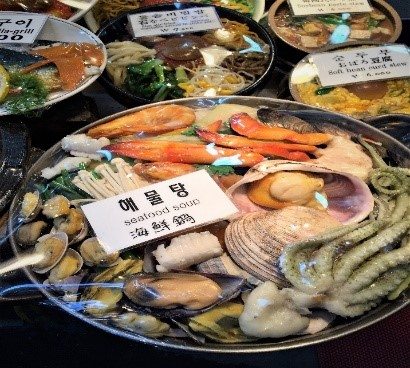
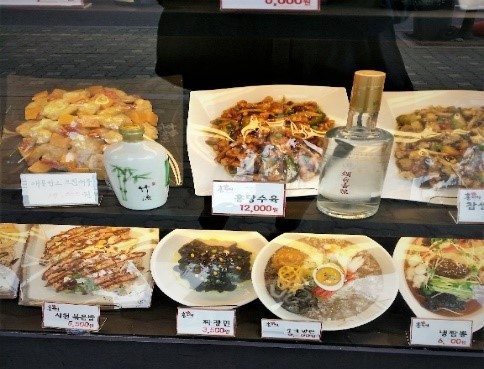
Utensils are already at your table; look for them in a box or drawer. Once you find them, place a napkin on the table and your chopsticks and spoon on top of it.
Water is for drinking and as soon as you sit down, a water jug and cups will be placed in front of you. For spicy food – water is a necessity. If you are concerned with sanitation (of the water and the cups), bring your own bottled water (or order bottled water); however, beer is always a good choice at the local brews are delicious and inexpensive.
When you are ready to leave, there is no need to ask for the check, it is already on your table. Take your cash or credit card to the front of the restaurant to pay for your meal.
• Eating Decisions
1. Banchan. Variety of side dishes that are presented with main entrees. The most common treats include kimchi, various namul dishes including bean sprouts, radishes, spinach, and seaweed, steamed or stir-fried vegetables with sesame oil, vinegar, garlic, green onion, soy sauce and Chile peppers.
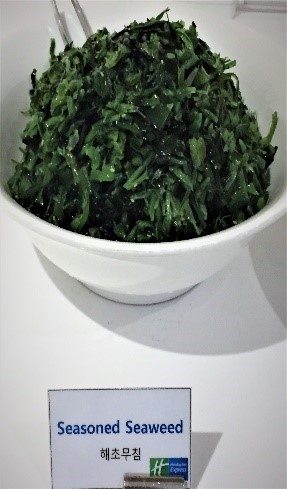
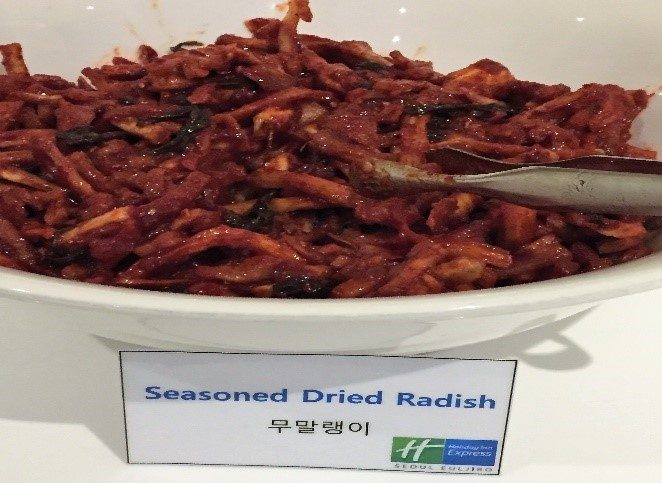
2. Bulgogi (grilled meat/Korean barbecue). Select from chicken, pork and beef. Thin slices are marinated in soy sauce, ginger, sesame oil, sugar and other spices and placed on a hot griddle. You can cook the beef yourself or the restaurant server will monitor the process. In addition to a utensil to turn the meat, you will receive a scissor – use it to cut the meat into bite sized pieces that will speed up the cooking process. The grill is built into your table.
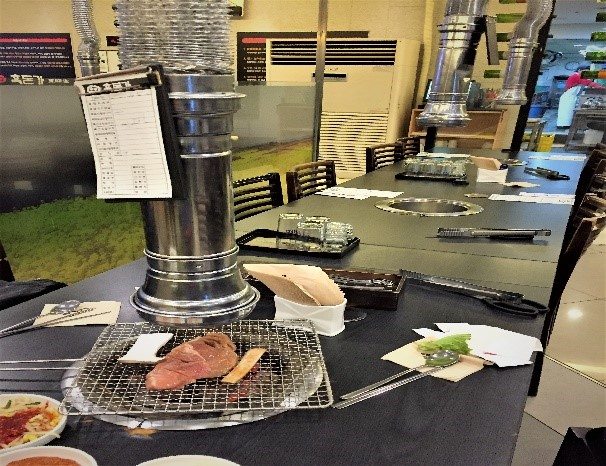
• Mandu. Dumplings
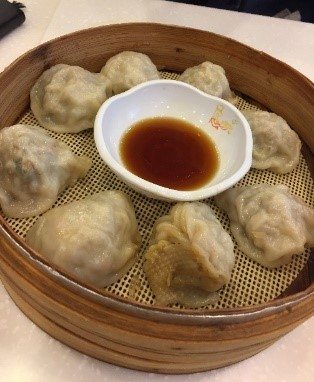
Mandu generally describes a filled dumpling that is grilled or fried (gun-mandu) or steamed (jiin-mandu) or boiled (mul-mandu). Mandus are usually served with Kimchi and a dipping sauce made of soy sauce, vinegar and Chile peppers. They can be filled with minced meat, tofu, green onion, garlic and/or ginger.
History suggests that Mandu was introduced to Korea by Mongolians (14th century), during the Goryeo Dynasty. The religion of Goyeo was Buddhism, which discouraged consumption of meat. Mongolian invasions into Goryeo relaxed the religious prohibition against consuming meat, and mandu was one type of food that included meat.
• Japanese Food in Seoul
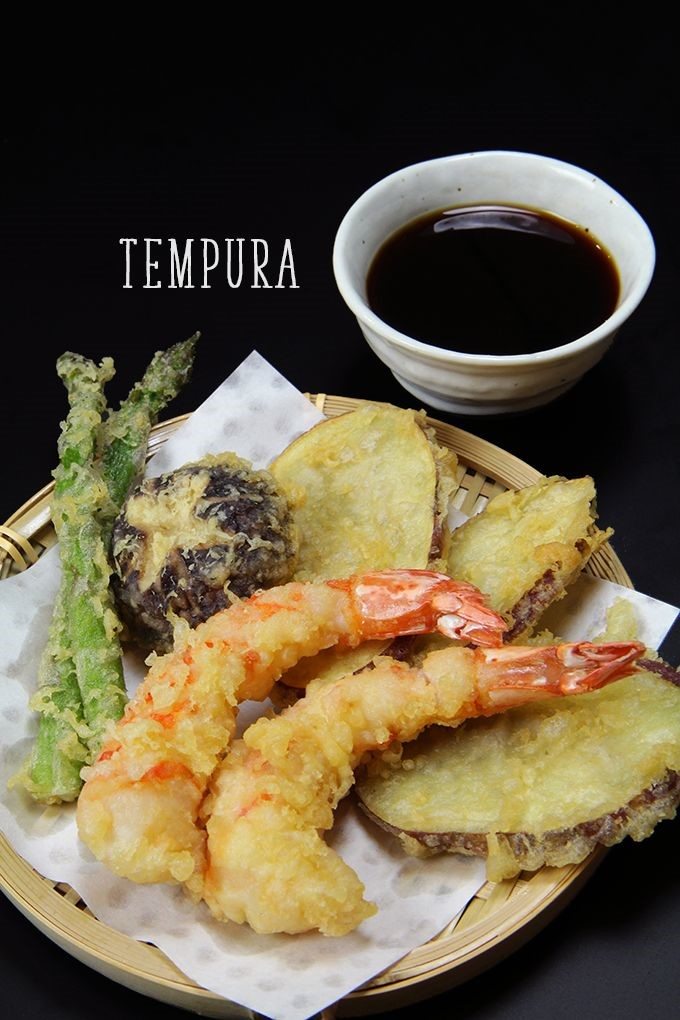
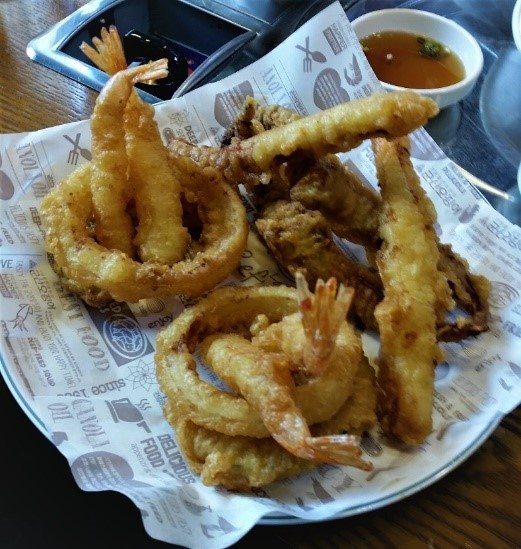
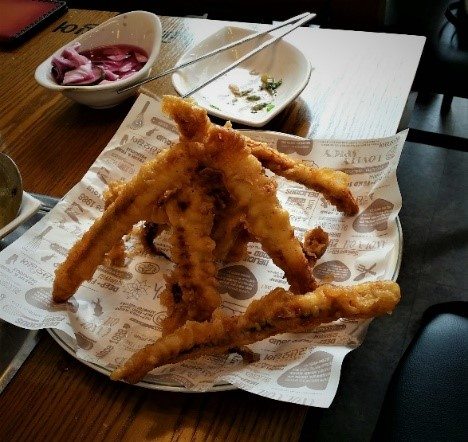
Japanese food is a popular cuisine in Seoul and sushi, sashimi, teishoku and noodle dishes (soba and udon) restaurants are found throughout the city. A very delicious part of Japanese cuisine is Tempura (Twigim) and whether it is squid, shrimp, onions, sweet potatoe or other vegetable, this dish is heavenly.
• Korean-style Fried Chicken
Korean-style Fried Chicken (yangnyeom tongdak) is a fusion food and dates back to the time when American soldiers met Korean tastes during the Korean War. Incredibly delicious, pair with beer (mekju) and a side of pickles (for palate cleansing). The pieces are double fried, Korean style, and this gives them a distinctive and memorable crackle.
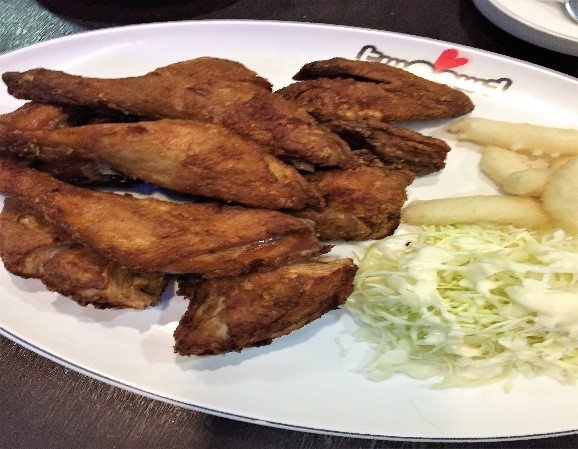
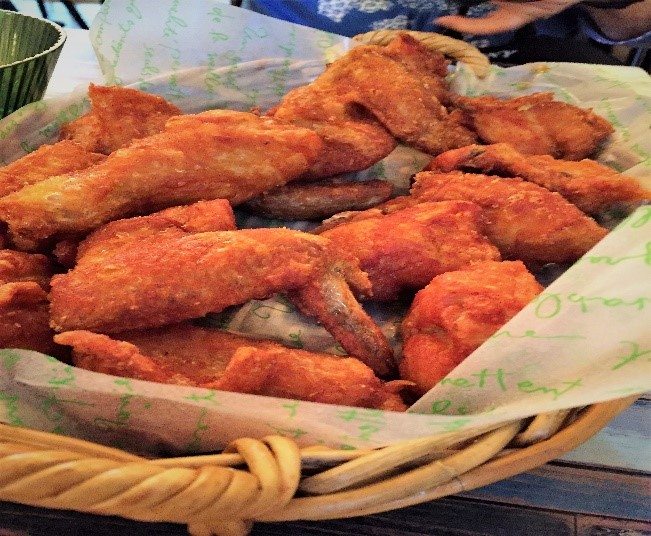
• Street Treats
The streets of Seoul are lined with food vendors and the dining options are absolutely delicious and definitely inexpensive. Designed to be consumed “on the go” – entire meals can be constructed while meandering down the alleys and window shopping on the streets.
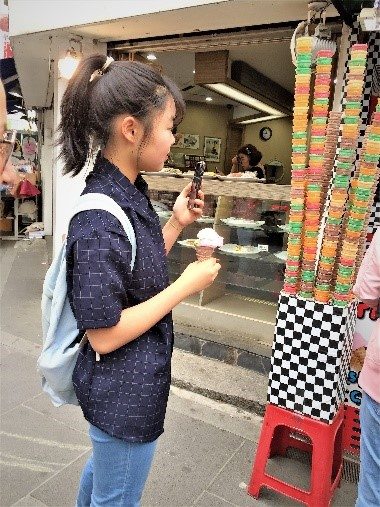
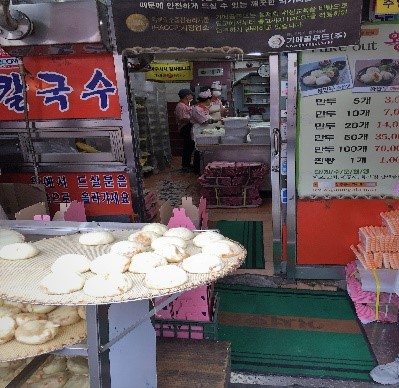
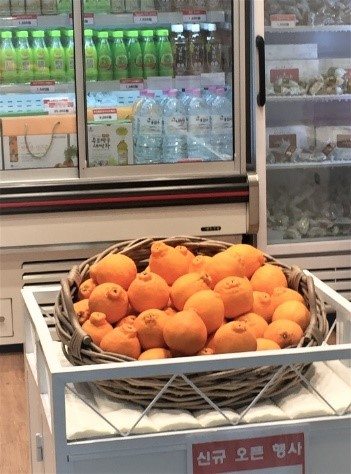
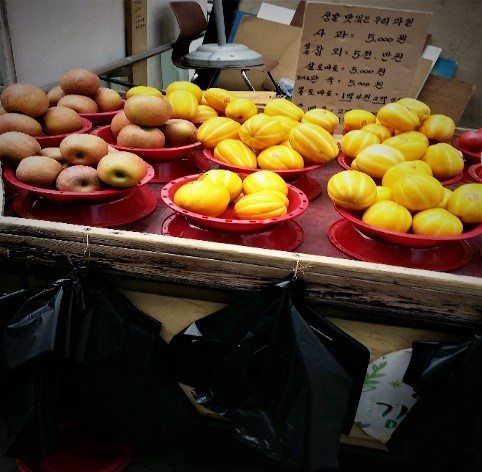
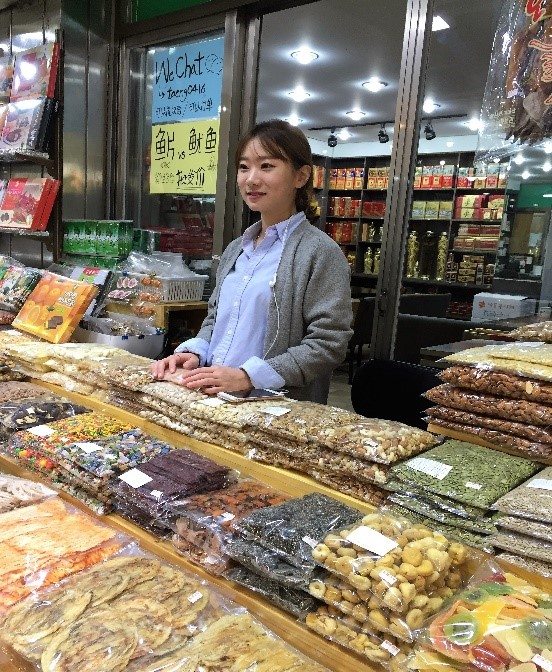
Very sweet foods are not popular among Koreans. Apples, pears, persimmons, oranges are frequently enjoyed as a Korean dessert. Korean apples can be traced back to 1103 AD and were originally served to royalty.
For an enjoyable sight-seeing break – take a stroll through a Korean bakery. Look for soft round cookies (Dasik) that are delicious with tea. Ingredients include rice powder, flour, herbs, grains, sesame seeds, starch, chestnuts, green tea powder and red ginseng powder that are mixed with honey. They may be stamped with Chinese characters for luck, health and longevity. Korean bread (Bbang) is amazingly delicious.
• What to Drink
Soju
Korean sake is made from rice in combination with wheat, barley, sweet potato or tapioca, and slightly sweet. At 20-45 percent ABV it is a smooth and tasty addition to dinner. It is enjoyed internationally and topped Drinks International’s annual list of best-selling global spirits for many years.
Korea is noted as having the world’s highest per capita alcohol consumption and soju controls 97 percent of the spirits market. This drink is a traditional part of Korean culture beginning in the 14th century when Mongol invaders taught locals how to distill, with fermented rice as the traditional starter.
Soju is best served ice-cold, neat, in a small traditional cup.
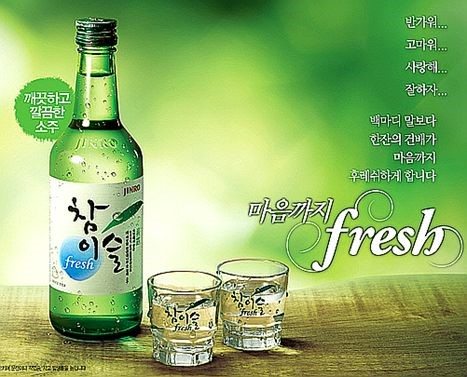
Mekchu (Beer)
When the Japanese colonized Korea they introduced beer and opened breweries to produce beer for local elites. The German’s helped the country to set up breweries and develop brewing techniques. The legal drinking age in Korea is 19 years old.

• Paris Baguette
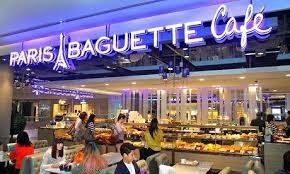
After dozens of Asian meals, there comes a moment in time that a craving for American-style food creeps into the psyche. This is the time to duck into a Paris Baguette for a hamburger or ham/cheese sandwich. With 2900 locations in Korea, a shop is usually within walking distance of where ever you are. The sandwiches, cakes, buns, drinks and pastries are all fresh, yummy and inexpensive. The SPC Group is a Singapore-based organization and is South Korea’s largest franchise bakery chain.
• A Special Occasion: Novotel Hotel Gangnam-Gu
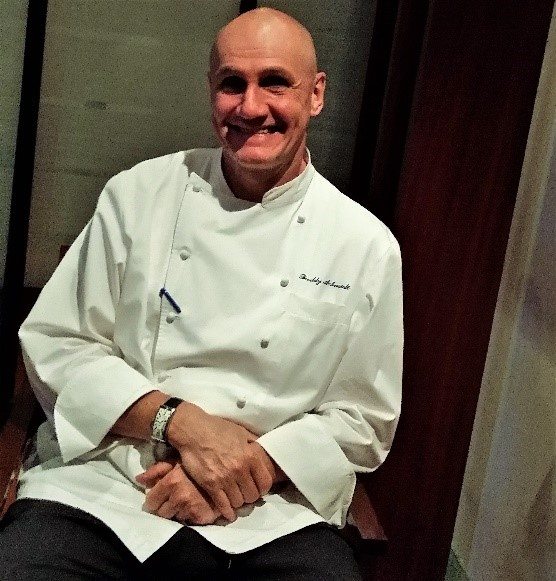
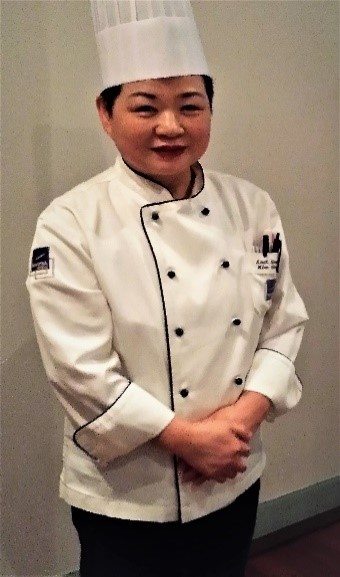
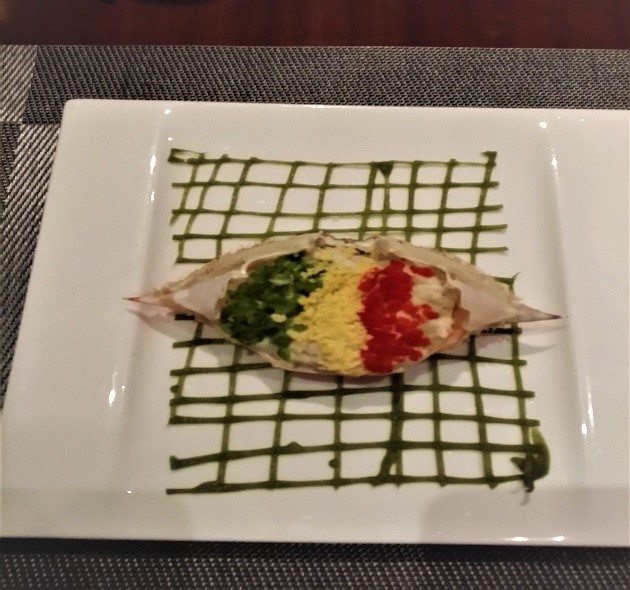
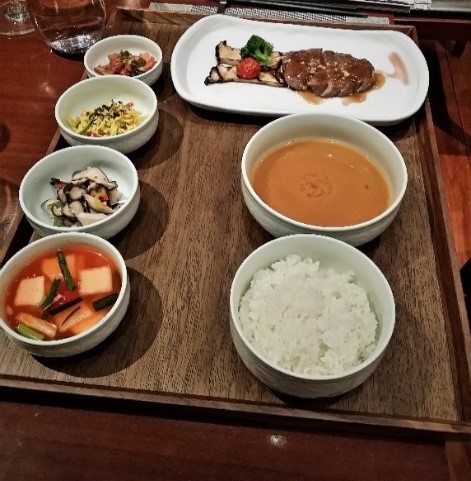
When you have an important business meeting or are celebrating a wedding or anniversary and your objective is to design an elegant dining event, the Novotel Gangnam-Gu creates the perfect food/beverage event. Private dining space with personalized service adds an elegant touch to an important luncheon or dinner.
• Hot Food Tour

Whether you are a foodie or timid in your approach to new cuisine, a perfect way to be introduced to a new culture is through a guided food tour. Zenkimchi is a well-respected organization that takes visitors by the hand and gently guides them into the complexity and delectableness of Korean cuisine.
Started in 2004 by Joe McPherson (President, Korea Food Tours), a food writer and educator, his tours have been featured in major international news publications and TV programs. McPherson has been the dining editor for 10 Magazine and was a judge for the Korea Miele Guide. He has spoken at TEDx Seoul on Korean food globalization, at TED Worldwide Talent Search on the growth of Korean cuisine and in New York on Korean Buddhist Temple cuisine.
The company organizes food tours for visitors, and corporations and is a media liaison for foreign and Korean media with local restaurants and producers. Tour selections include: The Ultimate Korean BBQ Night Out, Chicken & Beer Pub Crawl and Jasmine’s Gangnam Secrets (be prepared for hot hot hot and spicy Korean surprises).
To prepare for your Korean food adventure, pick up McPherson’s book, Seoul Restaurant Expat Guide.
Foodies Plan Ahead
Seoul is a city where eating 24/7 is a perfect plan for a holiday. Call your travel agent and arrange a food experience in this fabulous location.
© Dr. Elinor Garely. This copyright article, including photos, may not be reproduced without written permission from the author.
